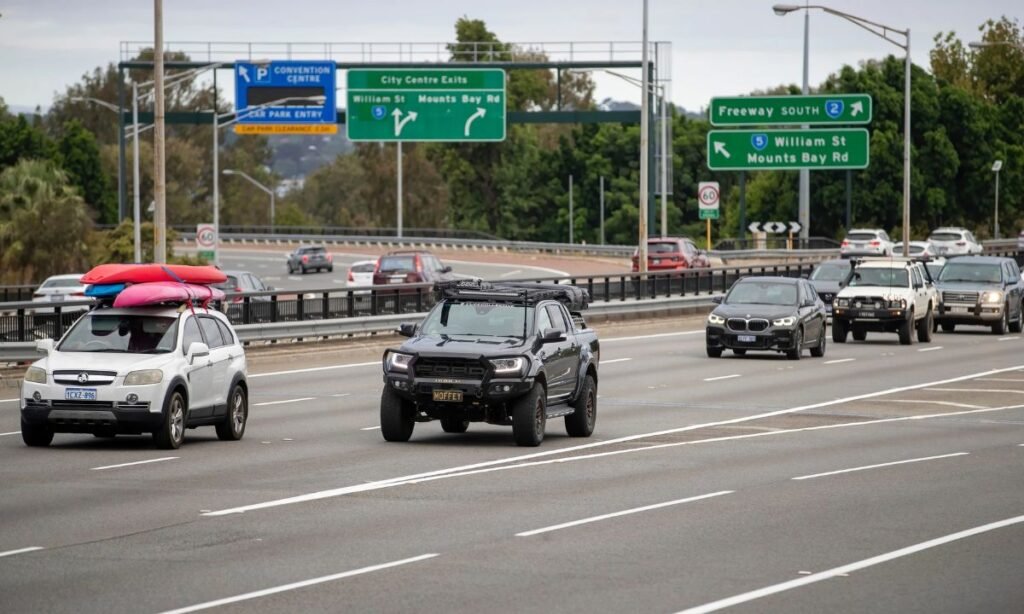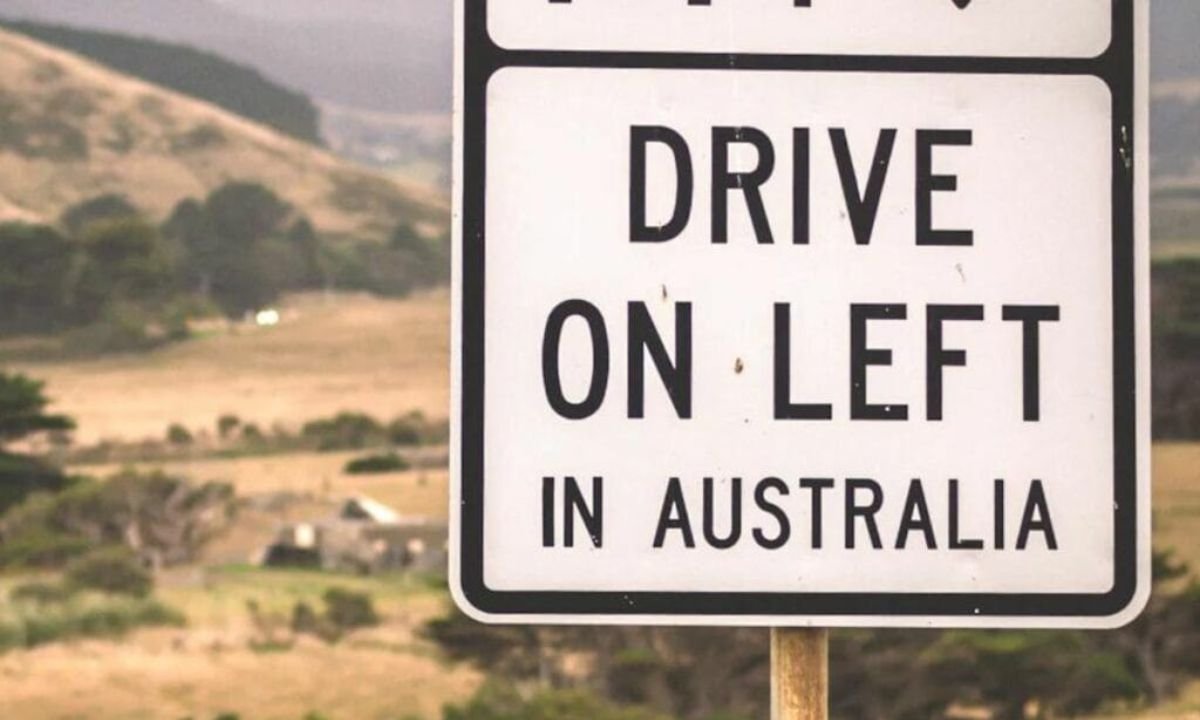Starting July 2025, Australian roads will look a lot different for millions of drivers. From stricter phone-use penalties to revamped speed regulations, these new laws aim to make the roads safer, but they’re already sparking debate. Every state and territory will follow a uniform set of guidelines, ensuring that whether you’re driving in Sydney or Perth, the same rules apply. However, not all drivers are convinced these measures will truly improve safety or if they’ll just add extra costs and confusion.
How Much Could Fines for Mobile Phone Use Increase?
Mobile phones have been a thorny issue for years, and lawmakers have decided enough is enough. From July, any driver caught holding or touching a phone even at a red light will face serious consequences. Fines will jump up to as high as $1,200, with the loss of six demerit points as standard. Cameras equipped with artificial intelligence will be scanning the roads continuously. Whether you’re texting, scrolling, or just picking up your phone to check the time, you’ll face automatic detection and an immediate penalty.
Will Speed Limits Change Too?
While most Australians are used to fixed speed limits posted on road signs, July 2025 will see the rollout of new “adaptive speed zones.” These variable-speed areas will respond to real-time conditions such as weather, traffic congestion, and nearby schools or worksites. Sensors will adjust electronic signage every few minutes, forcing drivers to stay alert or risk a speeding fine. Advocates say this will reduce accidents. Critics, however, fear it will confuse motorists and encourage fines that feel more like revenue-raising than safety measures.
What’s Happening to Drink-Driving Laws?

This July will also bring stricter drink-driving policies across the nation. First-time offenders face instant vehicle impoundment, while those caught a second time will have mandatory alcohol interlocks installed at their expense. Even “low-range” offenders could see automatic six-month license suspensions. Road safety campaigners argue this is long overdue, especially given a rise in alcohol-related crashes. But drivers’ groups question whether broad punishments will disproportionately hit rural Australians who rely more on personal vehicles.
Who Will Be Impacted by the Learner and P-Plate Changes?
Young drivers have been under close scrutiny for years and these new laws tighten restrictions further. From July 2025, P-platers can only drive one passenger under 21 between 10 PM and 5 AM unless they’re a family member. Plus, learner drivers will need a minimum of 150 logged hours before attempting their driving test. Parents and driving instructors worry these stricter requirements will make it harder for new drivers to gain independence, while lawmakers argue these steps will reduce crashes involving inexperienced motorists.
Could These Changes Make Roads Safer or Will They Just Annoy Drivers?
The July 2025 driving laws are some of the most sweeping road safety measures introduced in years. Police and road safety groups argue they will reduce collisions and save lives, especially for the most vulnerable road users. However, some drivers feel unfairly targeted and worry that these regulations will generate steep fines rather than genuinely improve safety. Time will tell whether these changes will encourage more careful driving or simply frustrate and burden Australian motorists.
With these new laws on the horizon, now is the time to make sure you understand your responsibilities before July. Whether you’re a casual driver or someone who spends hours on the road, these new rules will impact your habits, your pocket, and your peace of mind. Staying up to date could mean the difference between safe travels and a costly fine so don’t leave it to chance.

